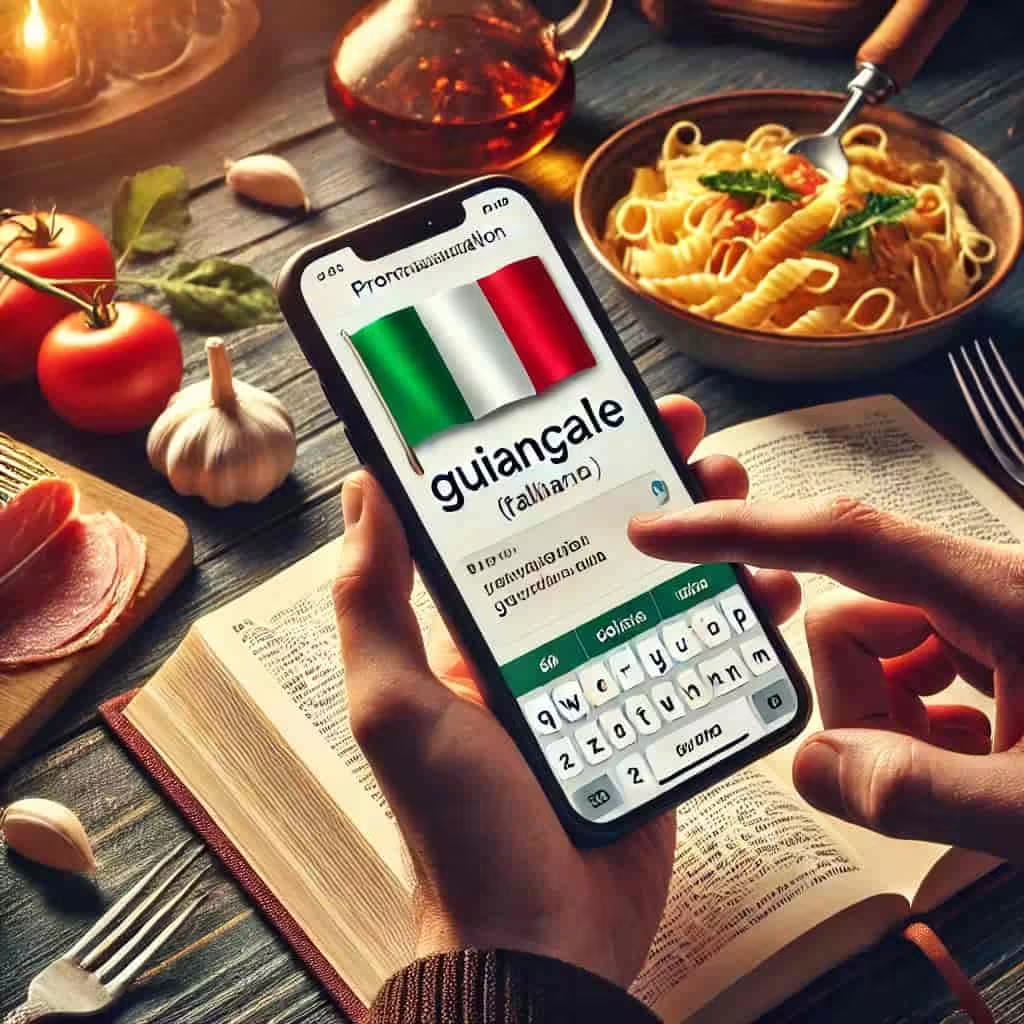Have you ever come across the term “guanciale” and wondered how to say it? You’re not alone! Even seasoned foodies mispronounce this Italian dish very regularly. Still, you won’t have to worry; by the conclusion of this book, you’ll be speaking “guanciale” like a real Italian.
Guanciale sounds like what?
Guanciale is a type of Italian cured meat made from swine jowl or cheeks. Actually, the name “guanciale” derives from “guancia,” Italian for “cheek.” Curing this rich, fatty piece of beef with salt, pepper, and other spices produces a mouthwatering element vital in many classic Italian dishs, such as pasta alla carbonara and amatriciana.
Guanciale: Correct pronunciation
Let’s start straight forward: “guanciale” is pronounced gwan-CHAH-leh. In essence:
- Gwan: This section bears a resemblance to speaking “gwan,” which rhymes with “swan.”
- CHAH: The Italian “ci” sounds like the “ch” in “charm.”
- Leh: The last “e” sounds like “leh,” much like the “le” in “let.”
Why is Proper Pronunciation Important?

How to Pronounce Guanciale? infoodblog.com
The correct pronunciation of “guanciale” is a sign of respect for Italian culture, not just linguistic ability. Saying it right honors the rich history and customs connected with this beloved food. It also improves your dining experience when you can discuss your food.
Learning the correct pronunciation
Correcting your pronunciation of “guanciale” may be entertaining. Start by listening to native Italian speakers, either in person or online. Great resources include pronunciation guides, language study applications, and YouTube videos. Keep repeating the term until it becomes common.
Guanciale: Italian Cuisine
Many Italian kitchens, especially in Lazio and Umbria, include guanciale as a basic item. It’s the secret component in well-known s such as pasta alla carbonara and pasta all’amatriciana. Guanciale is irreplaceable in these dishes, unlike bacon or pancetta, as its high-fat content and curing technique provide a distinctive taste.
Geographic variances

How to Pronounce Guanciale? infoodblog.com
Given the diversity of dialects and accents in Italy, the pronunciation of “guanciale” varies depending on the region. In certain places, you may hear a more extended “leh” at the end or a softer “ch” sound. One interesting way to engage with local culture is to match your pronunciation to the accent.
Typical Mistakes
Pronouncing “guanciale” as gwan-see-AHL or gwan-SHAH-lay might seem strange to native speakers. Overstretching the “e” at the end produces a sound like “guancialee.” To help prevent this, remember the phonetic breakdown: gwan-CHAH-leh.
Guanciale’s cultural worth
Guanciale represents an Italian legacy rather than just a cooking item. For millennia, Italian cuisine included this cured meat, which reflects the ingenuity of farmers who made use of every bit of the pig. In Italian society, guanciale is more about history and custom than just cuisine.
Techniques for perfecting Italian pronunciation

How to Pronounce Guanciale? infoodblog.com
Practice is the easiest approach to getting perfect Italian pronunciation. Participate in Italian language lessons, meet native speakers, or indulge in Italian media consumption. You could pick it up by listening to Italian music, watching movies, or even cooking alongside Italian chefs.
Other Italian Cures Beyond Guanciale
If you like Italian food, you probably will come across different cured meats such as bresaola, mortadella, and prosciutto. Each has a unique pronunciation and is commonly used in Italian cuisine. For example, “prosciutto” sounds proh-SHOO-toh, while “mortadella” sounds mor-tah-DELL-lah.
Fascinating Information Regarding Guanciale
- Historical Tidbits: The Highlands have traditionally cured guanciale, made hundreds of years ago, where the chilly air helps preserve the meat.
- The process of making Guanciale involves curing hog jowl for several weeks using a combination of salt, pepper, and spices.
Guanciale Found in Popular Culture

How to Pronounce Guanciale? infoodblog.com
Guanciale has become somewhat well-known in popular culture, appearing in many cooking contests and programs. Films set in Italy often feature Guanciale, and segments of gastronomic shows emphasize its importance in traditional Italian food.
Ultimately
Correct pronunciation of “guanciale” is not only a language practice but also a means to engage with Italian culture and improve your gastronomic experiences. Knowing how to pronounce “guanciale” can impress your guests and help you appreciate Italian food, whether you’re dining out or preparing at home.
Pasta all'Amatriciana with Guanciale

Ingredients
- 12 oz 340 g of bucatini or spaghetti
- 5 oz 150 g of guanciale, cut into small strips
- 1 can 14 oz/400 g of San Marzano tomatoes, crushed
- 1/2 cup 50 g of grated Pecorino Romano cheese
- 1 small onion finely chopped (optional, traditionally not included)
- 1/2 teaspoon of red pepper flakes adjust to taste
- 2 tablespoons of extra virgin olive oil
- Salt for pasta water
Instructions
- Cook the Guanciale:
- In a large skillet, heat the olive oil over medium heat. Add the guanciale strips and cook until they are crispy and have rendered their fat, about 5-7 minutes. If using onion, add it to the skillet and cook until softened, about 3 minutes.
- Prepare the sauce:
- Add the crushed tomatoes to the skillet with the guanciale and mix well. Reduce the heat to low and let the sauce simmer for about 15 minutes, stirring occasionally. Add the red pepper flakes for a bit of heat.
- Cook the pasta:
- Meanwhile, bring a large pot of salted water to a boil. Cook the bucatini or spaghetti according to the package instructions until al dente. Reserve 1/2 cup of pasta cooking water, and then drain the pasta.
- Combine Pasta and Sauce:
- Add the drained pasta to the skillet with the sauce. Over low heat, toss the pasta in the sauce, making sure to coat each strand thoroughly. If the sauce is too thick, add a bit of the reserved pasta water to achieve the desired consistency.
- Finalize and Serve:
- Remove the skillet from the heat and stir in the grated Pecorino Romano cheese. Toss everything together until the cheese melts into the sauce. Serve the pasta in individual bowls.
- Enjoy:
- If desired, top with additional Pecorino Romano, and enjoy your classic Pasta all'Amatriciana, rich with the flavors of guanciale and tomatoes.
